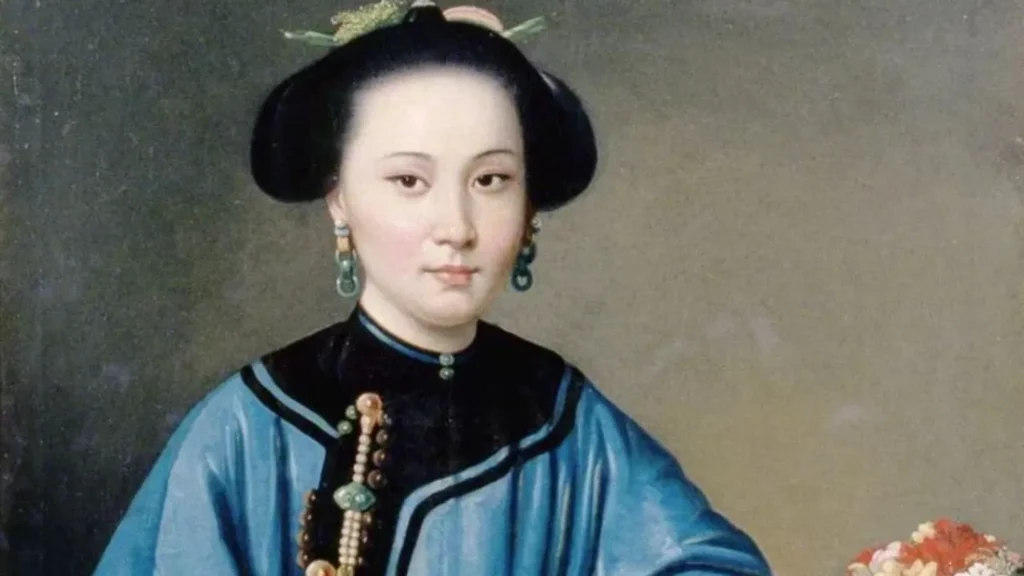China’s ancient history is rich and complex, filled with remarkable achievements, dark truths, and historical mysteries. Beyond the grandeur of the Forbidden City and the existence of the Xia Dynasty lie harsh realities that have shaped China’s civilization today. Below are some of the most harsh facts about ancient Chinese history that you won’t find in textbooks, from interesting, fun facts to unique laws and Emperors.
The Qianlong Emperor Was the ‘Worst Poet’
Chinese emperors often excelled in poetry and calligraphy, earning acclaim for their literary talents. However, the Qianlong Emperor is notorious for his poor poetry. Despite allegedly composing 43,000 poems, he is criticized for subpar writing, plagiarism, and using ghostwriters.

One of his poems about snow reads: “One piece, another piece, and another piece; Two pieces, three pieces, four, five pieces; Six pieces, seven pieces, eight, nine pieces; All fly into the flowering reeds and disappear.”
The Emperor Buried With Rivers Of Mercury
Qin Shihuang, the first emperor of the Qin Dynasty (259-210 BCE), constructed a grand tomb complex spanning 38 square miles. This tomb remains unopened due to the hazardous rivers of mercury surrounding it, making archaeological exploration unsafe.
Ancient historian Sima Qian described the tomb’s central chamber as floating on rivers of mercury, with a vaulted ceiling adorned with pearls and gems to mimic the night sky’s stars, moon, and sun. This vivid imagery highlights the tomb’s grandeur and mystical allure.
Tibet Once Ruled From Bangladesh to Mongolia
The Tibetan Empire, or Tubo (吐蕃), reached its zenith between 780 and 790, controlling lands from Kashmir to Chengdu as far north as Urumqi. During this period, the Chinese Tang Dynasty coexisted with the Tibetan Empire.
They engaged in various interactions, such as battles, embassies, marriage alliances, and cultural exchanges. This powerful empire’s influence extended across a vast region, showcasing its significant historical impact.
The ‘Lost Civilization’ in Sanxingdui, Sichuan
While legends about the Xia Dynasty remain unproven, the existence of the ancient Sanxingdui civilization in Sichuan is well-documented. In 1929, a farmer named Yan unearthed jade artifacts while digging a pond.
The site, fully excavated in 1986, revealed astonishing artifacts of remarkable artistry, including giant golden masks, a 1.8-meter-tall bronze figure, a massive bronze wheel, and a nearly 4-meter-tall bronze tree. Despite these discoveries, much about Sanxingdui’s culture remains a mystery.





